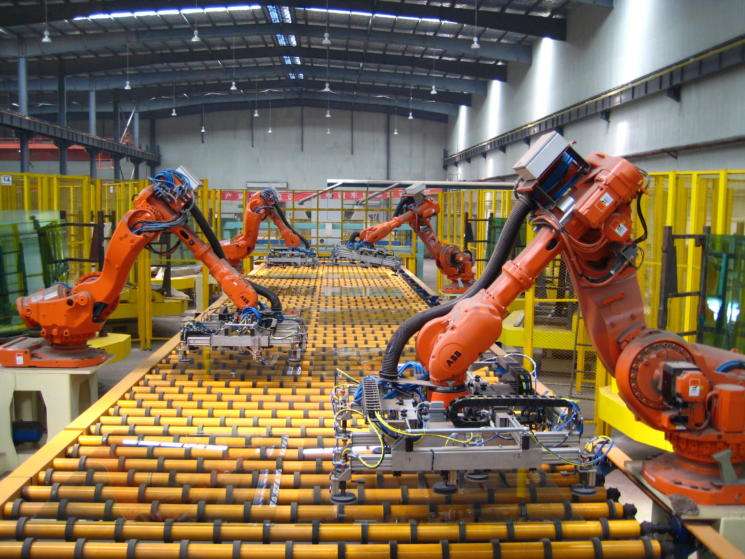The global manufacturing upturn was subdued by supply chain disruptions and input shortages in September 2021, according to IHS Markit.
Although output growth picked up speed for the first time in five months, it remained among the slowest in the year.
Supply constraints reflected in price changes, leading to marked inflation of both input costs and factory gate selling prices. The Global Manufacturing Purchasing Managers’ Index (PMI) posted 54.1 in September, 2021 remaining same after a six-month low in August 2021.
Also, sectorial growth increased across the consumer, intermediate and investment goods industries. PMI readings ticked higher for the intermediate goods sector, was unchanged for consumer goods and edged lower in the investment goods category. However, the latter retained its position at the top of the growth rankings.
Of the 31 nations for which data were available, 24 registered PMI readings above the 50.0 no change mark. European manufacturing dominated the top of the growth rankings, with nine out of the 10 best readings (Austria, the Netherlands, Ireland, Italy, Germany, Greece, Spain, Czech Republic and the UK).
US manufacturing also performed strongly, scoring third place overall. The weaker performances were generally seen in Asia. Of the lowest PMI readings, Thailand, Malaysia, Myanmar and Vietnam, made up four of the six countries to register below 50.0 readings with the rest being Mexico and Russia.
Manufacturing Output and New Orders Rise
Manufacturing production and new orders both rose for the fifteenth successive month in September, 2021. This reflects a slightly better outcome than during the prior survey month. New export business also continued to expand, although the growth rate was unchanged from August’s seven-month low.
The past six months have seen supplier lead times— the amount of time that elapses the time an order is received by a supplier and the time the order is shipped— lengthen to an all-time high, spanning the survey history. Companies in some parts of the world, including the US and the UK, mentioned that labour and skill shortages were growth constraints.
Although global manufacturing employment rose for the eleventh consecutive month, it registered the weakest rate of increase since February, 2021. Supply disruptions and material shortages also fed through to higher prices in September. Input costs and output charges continued to rise at elevated rates, which were moderately stronger than those registered in August, 2021.
Olya Borichevska, Global Economist at J.P. Morgan, commented:
“The global manufacturing PMI sent a positive signal in September with rough stability in the survey after a number of months in which the output index declined sharply. However, the survey still points to ongoing supply constraints weighing on the sector.
“The delivery times PMI remains at a low level (long delivery times) at the same time price pressures are high as seen across input and output prices PMI.”
Olya Bonchevska
READ ALSO: Expansion in Banking Sector Assets by 16.7% Driven By Growth in Investment- Dr Addison



















